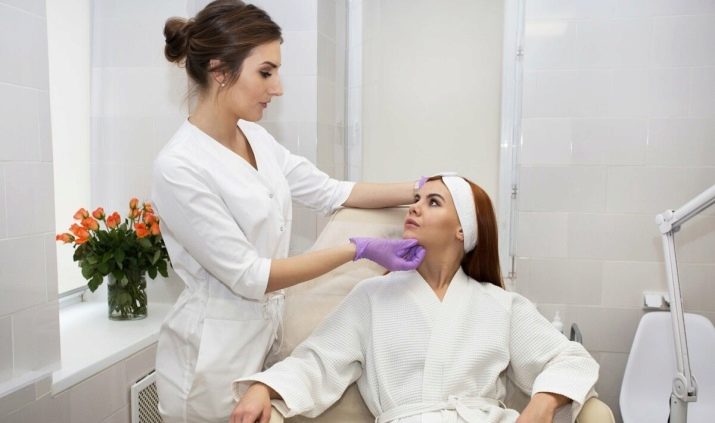Removal of tattoo with a remover
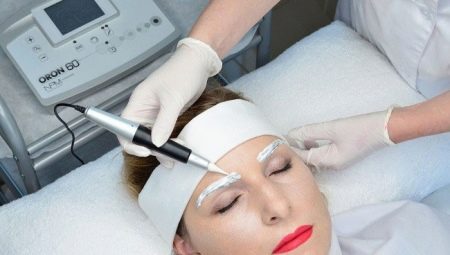
Previously, it was possible to remove permanent makeup only by surgery, or by deep resurfacing of the skin - methods that have a lot of drawbacks. Today, more and more masters offer their clients to use a chemical remover for this purpose.
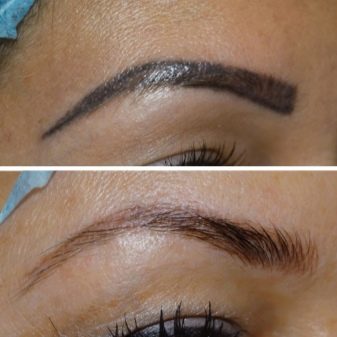
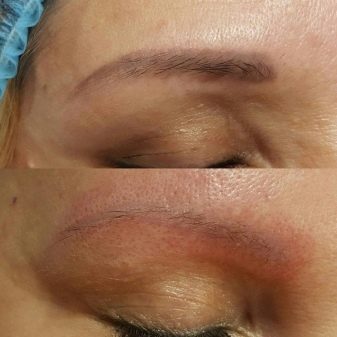
What it is?
Remover is a special chemical composition that, when injected under the skin, copes with the removal of low-quality tattoo or old permanent make-up. Unlike both the laser and the more traumatic methods, the remover does not destroy the coloring pigment, but removes it from the body unchanged. WITHLeave acts in such a way that, having penetrated to the required depth of the epidermis, it starts a chemical reaction with the dye present there, as if mixing with it. At the same time, the remover itself is incompatible with the skin cells, and therefore it is rejected and pushed out of it, taking the pigment with it. The formed crust, which is subsequently separated from the surface, contains the dissolved pigment. As a result, the procedure is safe for the skin and for human health in general.
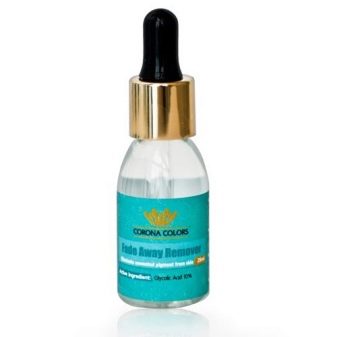
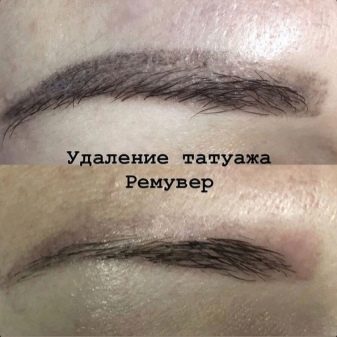
The gentle method allows you to remove permanent makeup from the eyelids, lips or eyebrows, as well as to cope with the annoying tattoo. The drugs used to eliminate tattooing are composed of transition and alkaline earth metal oxides, combined in the form of a suspension. These components have similar physicochemical properties with pigments for tattooing, and therefore have a chemical relationship with them and are able to merge into a single suspension. In addition to them, you can find jojoba and fruit oils, as well as vitamin E. The natural ingredients of the preparations help to avoid the appearance of scars. The remover is able to work with a permanent of any depth, age and color, including light, which can be extremely difficult to remove with a laser. The success rate of the procedure when removing tattooing reaches 98-99%, but for this you have to spend 1-2 sessions, and then wait from a month to six months.
The process is also influenced by the client's age and skin condition.
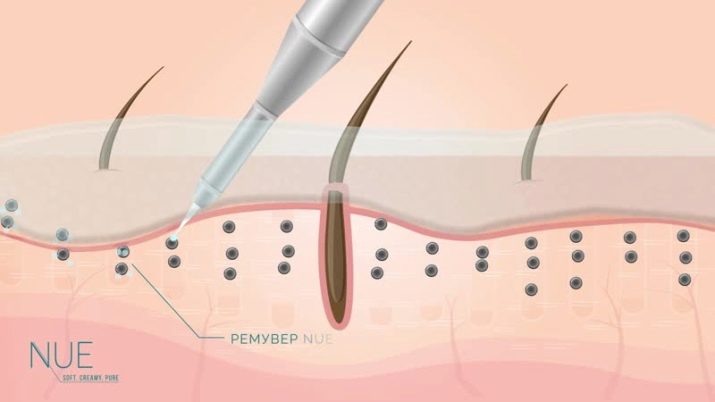
Advantages and disadvantages
A large number of advantages explain the popularity of removal with a remover among clients.
- The most important thing is the painlessness of the procedure and the minimal likelihood of scars, scars or age spots.
- The drug copes with the removal of both cold and warm tones of the dye, regardless of skin color.
- The natural composition of the remover accelerates skin regeneration and has an antioxidant effect. Already after 2-4 days, the patient is allowed to use cosmetics and wet the damaged areas of the epidermis.
- It is worth mentioning that the procedure can be called quite budgetary. It lasts no more than an hour.
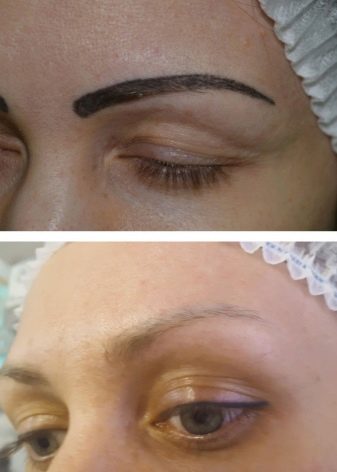
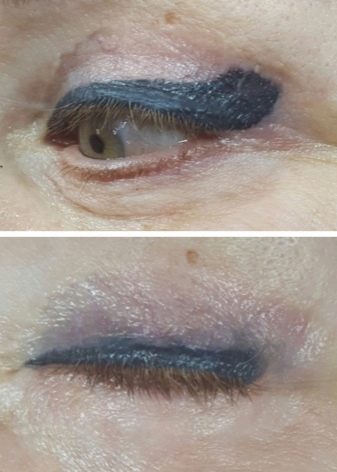
However, there are also a number of disadvantages to using a remover.
- The healing process of the skin can take six months.
- In some cases, microscars and scars still remain on the skin, plus if the procedure is not followed, there is a risk of infection.
- In any case, you will have to put up with crusts on the treated areas of the skin, noticeable itching, tightness and redness.
The use of drugs is impossible for AIDS, diabetes mellitus, epilepsy and HIV. It is forbidden to be exposed to the remover during pregnancy and lactation, as well as while taking hormonal medications, blood thinning medications, and immediately after chemotherapy. Contraindications also include hypersensitivity of the skin, low blood clotting and weakened immunity.
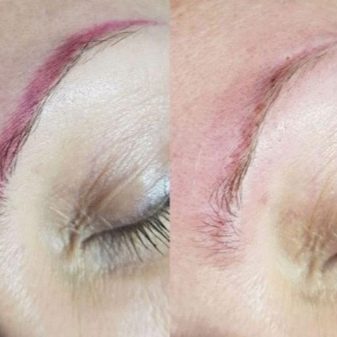
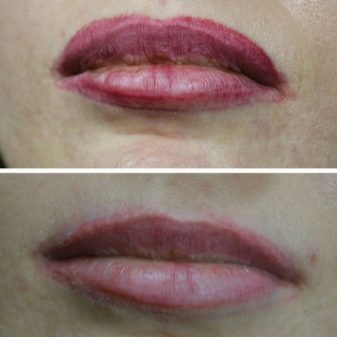
Views
Suspensions that can remove pigments from the skin by binding, depending on the main active ingredient, are acidic, saline and alkaline.
- Acidic, in turn, are divided into one-acid, two-acid and multi-acid, as well as single-phase, two-phase and three-phase. All alkaline removers are single phase. The acids present in acid removers act as coagulants. The exposed skin always forms a thick crust. Most often, acid removers use 10% glycolic acid.
- Previously, there were removers that contained heavy metal salts., but today they are banned for use and replaced by preparations based on sea salt concentrate in the maximum amount. It must be understood that salt that gets on open wounds causes dehydration, and therefore further destruction of cells, and therefore the likelihood of scarring when choosing salt removers is considered quite high. After them, the skin will also heal for a long time.
- Preparations based on alkalis - sodium, potassium or calcium hydroxide - suitable for removing pigments of any complexity. Unlike acids, alkalis are thinning agents that reduce the possibility of scarring or inflammation.
Nevertheless, contact with the treated area of water immediately after the session can provoke the onset of dermatitis.
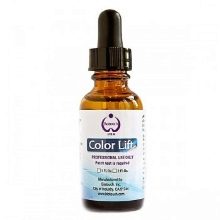
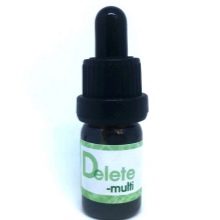

Top brands
It is better to purchase a remover for the procedure from trusted manufacturers.
Many masters recommend BIOLIQUE PROFESSIONAL, which contains non-aggressive acids that do not cause the appearance of edema and the formation of crusts.
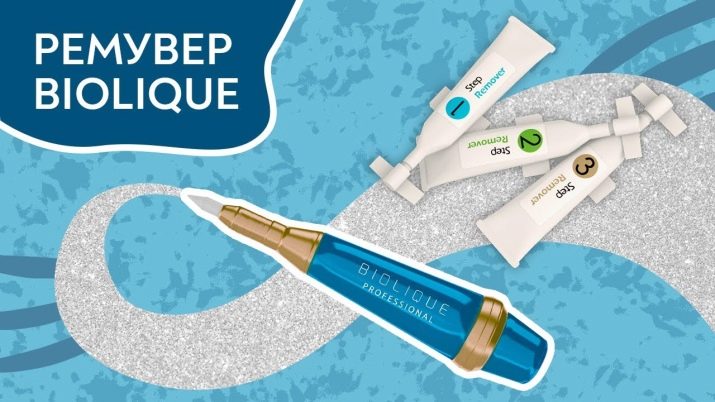
Nice and Rejuvi Tattoo Removalsuitable even for removing old tattoos. The percentage of the effectiveness of the operation under the condition of the work of a professional is 99.9%. The drug containing derivatives of metal oxides rarely provokes allergies and does not have a carcinogenic effect.The pigment disappears rather quickly, and the color of your own eyebrows remains unchanged.
Bioremuver PERMANENT TATTOO REMOVER contains lactic and phytic acids, mineral and vegetable oils, as well as tocopherol. After using this drug, the skin recovers rather quickly, and therefore does not require a long rehabilitation period. Remover Rejuvi able to cope even with beige, green, white and other unusual dyes. Creamy suspension contains oxides of zinc, calcium and magnesium. Estel remover it is used only to wash off the dye after unsuccessful dyeing of the eyebrows.
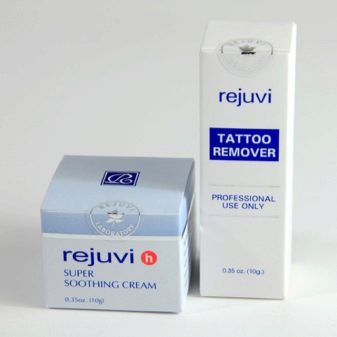

The pH neutral product does not contain ammonia and gently removes the dye. It is used in a slightly different way: a napkin is impregnated with lotion and used to wipe the required areas. Igora works in a similar way. Remover Fade Away used to remove a permanent. An acid-based preparation quickly and effectively removes pigment in a couple of procedures. A product called Color Life by Biotouch It is also intended to eliminate unsuccessful tattooing. However, it is important to remember that an acid-based preparation should not be used on skin prone to keloid scars. Often, the use of the drug is accompanied by the introduction of nude pigments under the skin, masking unsuccessful areas.
The product contains glycolic acid at a concentration of 10%.
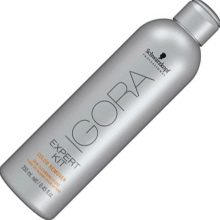

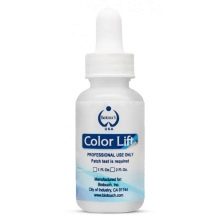
Procedure steps
The session takes place in several stages.
- Before starting the procedure, the skin needs to be cleaned of cosmetics and treated with an antiseptic, for example, chlorhexidine.
- Then, if necessary, treatment with an anesthetic in the form of an ointment takes place, which begins to act in 10-15 minutes.
- Further, the composition No.1 of the remover is injected into the upper layer of the epidermis with a tattoo machine, which works as an acid peeling. The substance should be heated to a homogeneous paste consistency, which will acquire a greenish tint on the body. This drug destroys the outer layer of the skin that holds the dye inside.
- Next, composition No. 2 is sent inside, drawing out the dye from the layers of the skin. It also neutralizes acids, normalizes pH and immediately activates the regeneration process.
- At the end of the procedure, the master applies a soothing composition No.3, which will continue to remove pigment even when the client is at home, and will also help the skin to recover faster. It should be worn on the skin for at least 3 hours. The substance, also responsible for moisturizing and preventing inflammation, will need to continue to be used at home as well.
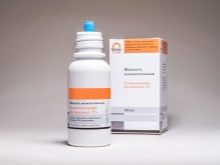
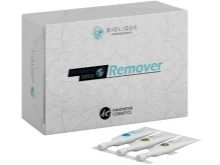
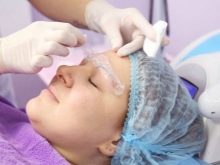
In general, it takes an average of 40 minutes to remove a permanent. The result of the master's actions is visible immediately, but over time it manifests itself much more strongly.
In the case when the old tattoo is removed, which means that it will not be possible to remove it at once, the procedure is repeated after 4-6 weeks.
2-4 days before the operation, the client is advised not to be in the sun, not drink coffee, energy drinks and alcohol, and not even eat dishes with a lot of spices and seafood. In addition, blood thinners are banned. During the week before the procedure, it is better to avoid stressful situations and nervous strain.
Some masters advise you to drink an antiviral agent in advance to prevent the appearance of herpes.
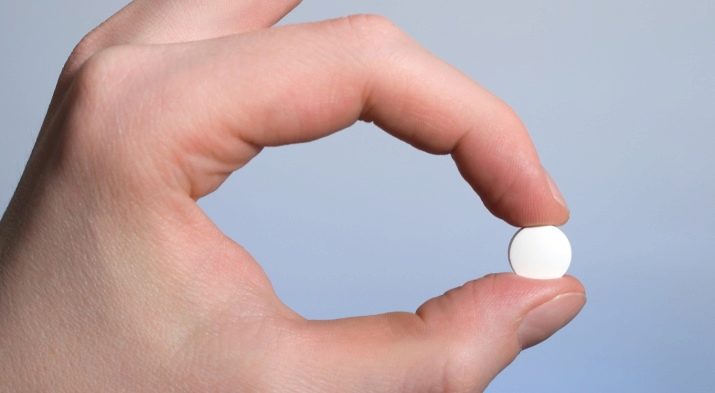
Care after removal
For a more effective procedure, the client will need to apply at home with a cotton pad or sticks composition No.3: once in the evening until the next removal procedure, or within 2-4 weeks. The first 7 days after the session, you will have to refuse to visit the bathhouse, sauna and pool, as well as limit sports. With frequent interaction of the affected area with water, composition No. 3 will need to be applied throughout the day. It is better to apply no third-party restorative substances, only those recommended by the beautician. For a month after the introduction of the remover, it is better to abandon decorative cosmetics in this area and avoid exposure to sunlight on the skin. The use of sunscreen, however, is not prohibited. Of course, during this entire period it is better to do without alcohol and in no case to peel off the crusts or scratch the wounds.
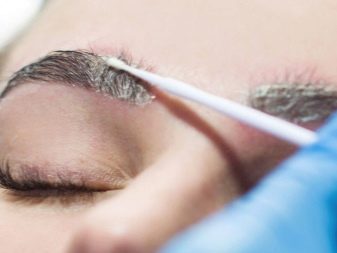
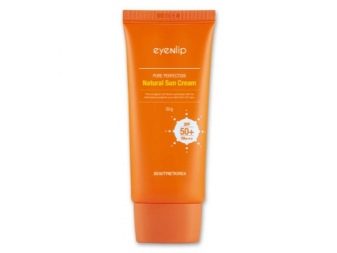
An important rule is that for the first three days it is better not to let liquid get on your face at all. Further, the client is allowed to wash, but only with cold water. It is worth being prepared that the surface immediately after removal will have a brown tint, after a week or two the skin will begin to return to normal. Spontaneous flaking of the crust occurs after one to two weeks. If it falls off before the prescribed time, then the exposed place must be immediately smeared with an antiseptic to protect against infection. To neutralize pain, it is allowed to use an anesthetic. After peeling the crust, it is better to visit a beautician so that he can assess the intermediate result and decide on the need for a second session.
